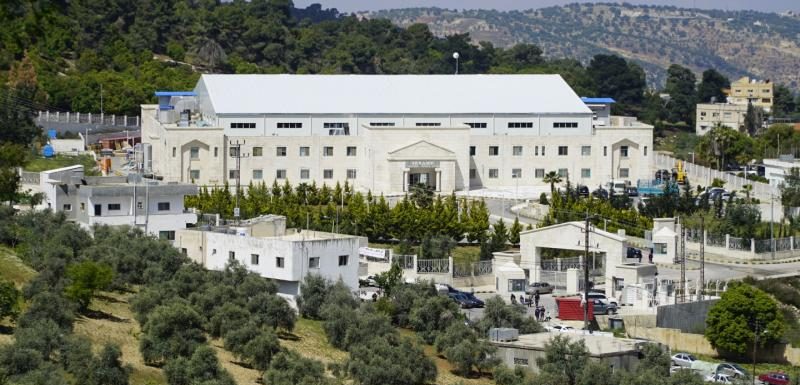SESAME announces First Light
2017-11-24
Source: SESAME Thursday, November 23, 2017: At 10:50 yesterday morning scientists at the pioneering SESAME light source saw First Monochromatic Light through the XAFS/XRF spectroscopy beamline. This signals the start of the laboratory’s experimental programme. The beamline delivers X-ray light that will be used to carry out research in areas ranging from solid state physics to environmental science and archaeology. “After years of preparation, it’s great to see light on target,” said beamline scientist Messaoud Harfouche. “We have a fantastic experimental programme ahead of us, starting with an experiment to investigate heavy metals contaminating soils in the region.” Two beamlines for a start, a third one inRead More →

